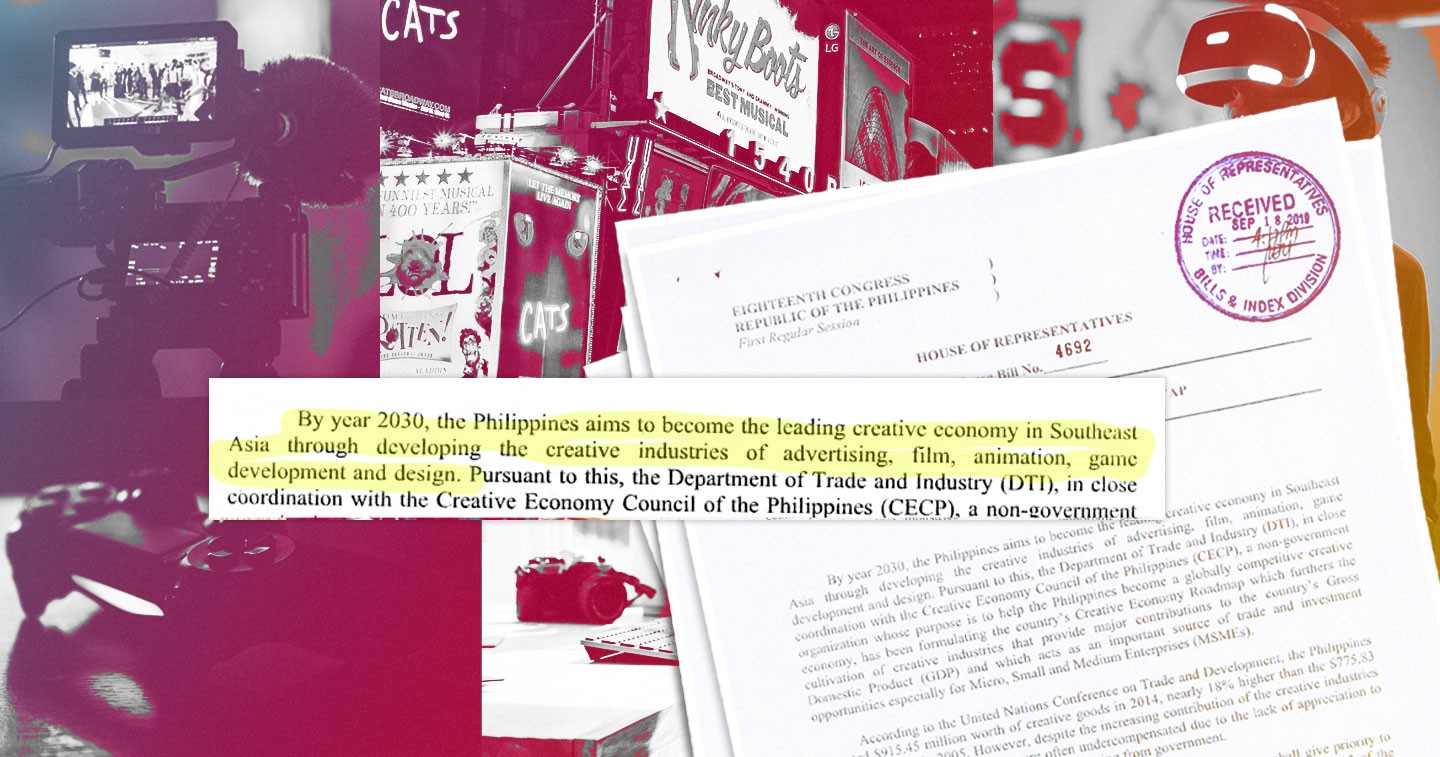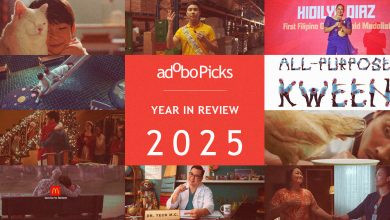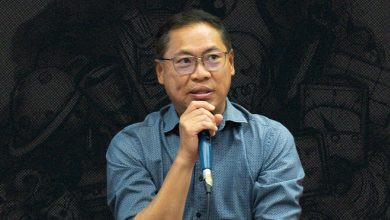MANILA, PHILIPPINES — Creativity is something that Filipinos like to pride themselves in having. After all, this is a culture that exports singers, entertainers, actors, and artists to other countries while also being recognized as a country that is a melting pot for other cultures that have colonized or visited it. Yet despite this reputation, there is actually a glaring need for Philippine creative economy legislation.
This is the thinking behind House Bill No. 8101 or the Philippine Creative Industries Act. The bill itself explains that despite Filipinos achieving international fame and receiving accolades for showing off their talent in different creative fields, they have had little to no reinforcement from the Philippine government. Citing the lack of one singular agency that is tasked with the planning, direction-setting, and implementation of any effort to promote Philippine creative industries, this dearth in leadership aims to be addressed by this act.
 As founder and president of the Creative Economy Council of the Philippines, Paolo Mercado has been an advocate for the Philippines adapting a more creative economy in its long attempt to dig itself from the economic doldrums. “The formalization of a Creative Industries National Policy has been one of CECP’s pillar objectives since we started meeting back in 2016,” he says.
As founder and president of the Creative Economy Council of the Philippines, Paolo Mercado has been an advocate for the Philippines adapting a more creative economy in its long attempt to dig itself from the economic doldrums. “The formalization of a Creative Industries National Policy has been one of CECP’s pillar objectives since we started meeting back in 2016,” he says.
“The truth of the matter is that the Philippines is over 20 years behind other countries in recognizing and embracing the potential of creative industries,” Mercado points out. “South Korea started their creative industries strategy in 1997, during the Asian Financial crisis, as a way to reinvent their economy. The UK also started at about the same time when Prime Minister Tony Blair’s Government embarked on a landmark initiative to map, measure, and strategically grow their own creative industries.”
“Beyond these countries, our own ASEAN neighbors are ahead of us,” he warns. “Singapore, Thailand, Indonesia, and Malaysia all have established creative industries development agencies and growth agendas. Thus, it is no surprise that from a Creative Exports standpoint, these four countries outrank the Philippines in the total value of their creative exports.”
 For Rep. Christopher “Toff” de Venecia, author of the Philippine Creative Industries Act, there is a personal reason behind his own desire to see this bill through. “I’ve always been passionate about the arts. I grew up in it, dabbled in it during my elementary and high school days, and eventually ended up working in it during College and after graduation,” De Venecia says. “One way or another, I’ve always lived and breathed culture and the arts. It informs my travel destinations, my life choices, and even my worldview. Like many others, I’ve also struggled while working in this sector – experiencing firsthand the hardships as well as the potential in our creative talent but not having the environment, the infrastructure, and the support to enable it to thrive.”
For Rep. Christopher “Toff” de Venecia, author of the Philippine Creative Industries Act, there is a personal reason behind his own desire to see this bill through. “I’ve always been passionate about the arts. I grew up in it, dabbled in it during my elementary and high school days, and eventually ended up working in it during College and after graduation,” De Venecia says. “One way or another, I’ve always lived and breathed culture and the arts. It informs my travel destinations, my life choices, and even my worldview. Like many others, I’ve also struggled while working in this sector – experiencing firsthand the hardships as well as the potential in our creative talent but not having the environment, the infrastructure, and the support to enable it to thrive.”
Other countries may be richer, be more desirable as a place to live, or provide better opportunities, but Filipinos still leaned on having world-class talents who have found success outside their own land. De Venecia thus notes this as a reason he is determined that this bill be passed into law, “so that we’ll have an enabling policy and governance framework for developing our Philippine creative industries so that they can be globally competitive and so that we can ensure a better and more sustainable future for our local talent.”
In his long professional career that has seen him based outside the country for a time, Mercado’s belief in the need for the Philippines to embrace a creative economy has only gotten stronger over the years. For De Venecia, however, it took the pandemic to really open his eyes regarding its significance. “As a board member and officer of Philstage, the business support organization for local producers in the performing arts, we leapt into action during the announcement of the lockdown to do online fundraising for our displaced workers,” De Venecia states. “Same time last year, dozens of local productions had to close down and to this day, our industry is nowhere near recovery even after a full year had passed due to restrictions on mass gatherings. This eventually led to meeting other sectors who were much like the performing arts and were also grappling with the effects of pandemic.”
This led to the formation of the National Live Events Coalition PH was formed, an aggrupation of allied sectors to the performing arts, including concerts, weddings and socials, below the line activations, and creative freelancers. De Venecia’s own work with a pair of bills seeking protection of freelancers and independent contractors eventually led him to cross paths with Mercado and the Creative Economy Council of the Philippines. The bill is a manifestation of months of weekly Zoom meetings with over 20 creative industry sectors, including advertising, gastronomy, design, visual arts, among many others, 30 government agencies that one way or another, dabble in them albeit in silos, and other players in the field,” he proudly says.
After decades of neglect by several administrations, the Philippine Creative Industries Act aims to finally give the proper support for the Philippine creative industry. “The COVID-19 pandemic has devastated many industries, including several creative industries sectors such as cinema based film, tourism dependent crafts & folk arts, and live performing arts (theater, music, dance, etc.),” Mercado laments. “All these sectors suffered from a complete loss of income as they could no longer earn from their traditional business models. On the other hand, there are creative industries that are poised to grow as a direct result of the pandemic. The global growth of streaming content, digital games (both console and mobile), e-commerce related digital marketing and advertising, and digital design services are all booming. “
“But the question is: are local Philippine creative industries well positioned to be part of this global growth?” he asks. “This is why this Philippine Creative Industries Act is urgent. It will help the creative sectors negatively affected by the pandemic to survive this crisis. It can also help those sectors that are poised to grow to get the necessary assistance and incentives to strengthen their opportunities in the global markets.”
For his part, De Venecia points out that Creative Industries are the manifestation of “the intersection between creativity and the pursuit of economic growth through innovation, as grounded by the development and exploitation of intellectual property. As per IPOPHL’s study during the previous administration, the creative industries were already contributing roughly 7% to our nation’s GDP, and that is without an enabling framework or governance structure and some sectors not being properly captured or documented in the data parameters of the Philippine Statistics Authority.”
“Imagine if we had all that and more,” he shares. “You will remember that tourism as a sector contributed around 4-5% to our nation’s GDP prior to the passage of the Tourism Act of 2009 which laid the groundwork for its growth and development, which is why it is now at 12.9%, generating income and livelihood for our Filipino people. I look forward to our Philippine creative industries doing the same and finally achieving their full potential.”
For students and undergrads who have shown talent and are dreaming of pursuing careers in creative fields, House Bill No. 8101 is also poised to ensure that it will become a reality. “What the Bill promises is for a National Creative Industries Development Plan to be put in place that will 1) Help creative industries survive the current crisis; 2) Define and incentivize high potential creative industries; 3) Promote policies both nationally and at a local community level that help raise our capabilities as a world class Creative Nation,” Mercado says.
“For students in creative fields today, the only advice I can give is to build not just artistic skills and sensibilities, but also technical digital skills, innovation/design thinking, and entrepreneurial skills,” he adds. “Students must fight against the image of creatives being “starving artists.” That is a passé notion. Instead, they must strive to be creators who add value to society and earn a decent living for themselves and for their families.”
“Part and parcel of the Philippine Creative Industries Development Plan is a Creative Education Plan which enjoins the DepEd, CHED, and TESDA to adjust the curriculum to make it competitive and attuned to the needs of the sector,” De Venecia shares. “(It will) also provide scholarships and learning opportunities for stakeholders in the field. This is, after all, part of human resource development and market development.”
The Philippine Creative Industries Act notes that the combined creative industries in the Philippines are currently worth Php600 billion and employ 14.4 percent of the labor force. Unlike other sectors, however, these same workers in creative industries will not be replaced by machines and automation in the near future. “At the core of each artist and creative worker is creative expression and empathy,” De Venecia says. “I imagine a society that is brimming with both and enjoying many other benefits that a robust and thriving creative industries sector can bring.”
“I look forward to the day also when young creative workers and talents would be empowered to pursue their passions, and not have to be dissuaded by their parents because of the supposed lack of security in the field,” he reiterates. “I also look forward to the day when the term ‘creative industry’ will be part of the collective lingua franca and consciousness of the Filipino people and wouldn’t need further explanation. ‘Creative Industries’ is the Future.”
“Many people like to define Filipino Culture based on our past,” Mercado laments. “Creativity gives us the opportunity to define our identity for the Future. To paraphrase Charles Landry, author of Creative Cities, Heritage is a non-renewable resource that defines who we are based on what we were. Creativity is a renewable resource that is the lifeblood of who we are and what we want to be.”
“Prior to 1997, Korea was known to be a cheap copycat follower of Japanese innovation, and no-one watched or listened to their content outside of Korea,” he bares. “In just 24 years, they reinvented themselves to become a global leader in consumer electronics and entertainment content. If we envision a Philippine society set ablaze by creative passion, then who knows what future identity we will create for ourselves.”
The bill is now pending with the Committee on Appropriations where the proposed 5 billion peso budget will be deliberated upon. After that, the bill will be set for approval on second reading in the plenary where the bill will be opened for questions to all members of Congress. The latest version of the Creative Industries Act bill as of April 16, 2021:








